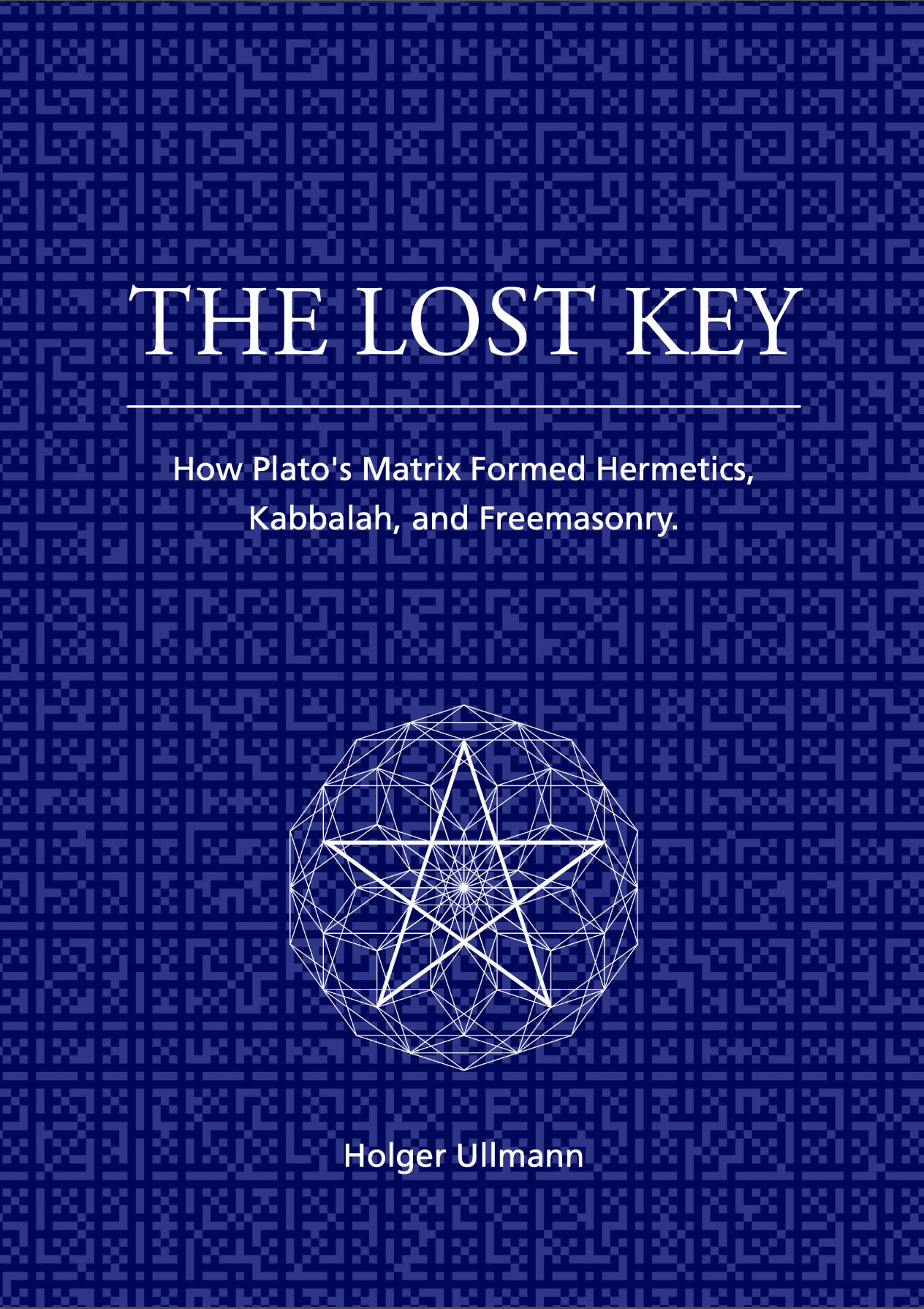Plato's Unwritten Doctrine:
A Systematic Reconstruction
The hidden structure linking Plato's Three Analogies (Sun, Line, Cave)
via a two-tier numerical ontology.
ABSTRACT
Plato's three analogies (Sun, Line, Cave) in the *Republic* imply a unified system, yet its structure remains an unresolved aporia. This research postulates a generative numerical matrix that, as the **"upper octave,"** illuminates the structure of the Divided Line. It comprises the pillars of Platonic doctrine, beginning with the Principles (analogous to the **Sun**).
Accordingly, this matrix is the exact analogue to the **"lower octave,"** which adjoins the world of Ideas and extends into the world of shadows described in the **Line** and the **Cave**. This hypothesis bridges the dialogue text and the Unwritten Doctrine, demonstrating the **entire ancient Quadrivium** (Arithmetic, Geometry, Harmonics, Cosmology) as a **single, unified system** derived from the matrix's inherent properties.
The Hypothesis: Aporia and Analogy
A new approach to the mathematical coherence of Plato's Divided Line
(Republic 509d-511e).
PUBLICATION (PRE-PRINT)
This 3-page paper outlines the central hypothesis of the research project. It argues that Plato's Divided Line is a precise, two-stage mathematical analogy that resolves key philological problems (Gnomon, Genos/Eidos, 510D/E) and serves as the exoteric key to the Unwritten Doctrine. The paper was formally published on the pre-print server PhilArchive to invite international academic discussion.
(Note: The Abstract of the paper itself contains the full, detailed "Sun-Line-Cave" argument, while the homepage provides the strategic summary.)
REQUIREMENTS FOR THE MATRIX
The reconstruction must meet severe requirements to reconcile philological detail with mathematical rigor. The proposed generative system must be able to satisfy the following desiderata:
- Resolve the tension between the linear and the "areal" interpretation of the Divided Line (Genos/Eidos).
- Derive the Principles (The One and the Indefinite Dyad) and demonstrate how they generate the Genus (as the "Odd/Even" duality, 510D).
- Provide the arithmetic algorithm for Diairesis (Division), for which the Gnomon and the "Square" (510E) are the geometric visualizations.
- Generate the Ideal Numbers, especially the Tetras (4) and the Dekas (10), as system-immanent "completions."
- Integrate the cosmological models of the Presocratics (esp. Empedocles' Love/Strife) as physical manifestations of its formal structure.
- It must demonstrate the **unified systematic structure** required by the *Epinomis*, integrating the reciprocal penetration of Arithmetic, Geometry, Harmonics, and the **Cosmological** principles (Platonic Solids) within a single matrix.
- It must clarify that the System's core relationships (Harmonics, Dimensionality, Ideal Numbers) are **structural properties** residing *within* the matrix..
About the Researcher
Bridging Divisibility Structures, Ancient Philosophy, and System Analysis.

Holger Ullmann is an independent German researcher and system analyst. For over twenty years, he has dedicated his work to a single, interdisciplinary problem: the hidden, generative structure that connects arithmetic, geometry, and ancient philosophy, especially within the context of Plato's Unwritten Doctrine.
The Interdisciplinary Perspective
Unlike conventional academic research, this project is defined by an approach that systematically links seemingly disparate fields—from modern **Divisibility Structures and Symmetries in Coordinate Systems** to philological commentary on Plato's dialogues.
Focus and Systemic Thinking
As a researcher with Asperger's syndrome, his work is characterized by an unconventional, yet extremely focused, systemic, and visual perspective. This unique viewpoint facilitates the identification of patterns that often lie within the "blind spots" between established academic disciplines (formal number theory and classical philology).
The primary goal of this research is to move the reconstruction of the Platonic system from philosophical speculation to a verifiable, numerical structure, providing a new framework for discussion between science and antiquity.
The Project: Upcoming Publications
Claiming the territory:
Monograph series applying the Platonic Symmetry Matrix.
The results of this twenty-year research will be published in a series of monographs. The core system—the "Platonic Symmetry Matrix"—will be used as a key to decipher various historical and philosophical application areas.

PLATO'S GENERATIVE MATRIX
The Unwritten Doctrine, the Quadrivium, and the Deciphering of the Ideal Numbers.
Status: Expected Release 2026

THE LOST KEY
How Plato's Matrix Formed Hermetics, Kabbalah, and Freemasonry.
Status: In Preparation
Contact & Legal Notice
Contact information and legal disclosure.
CONTACT INFORMATION
Holger Ullmann
Independent Researcher
Email: mail [at] holger-ullmann.de
LEGAL NOTICE (IMPRESSUM)
**Angaben gemäß § 5 TMG:**
Holger Ullmann
Marielies-Schleicher-Str. 6 i
63743 Aschaffenburg
Germany
DISCLAIMER & PRIVACY
Disclaimer (Haftungsausschluss)
Die Inhalte dieser Seite wurden mit größter Sorgfalt erstellt. Für die Richtigkeit, Vollständigkeit und Aktualität der Inhalte wird keine Gewähr übernommen. Diese Webseite enthält ggf. Links zu externen wissenschaftlichen Publikationen oder Buchseiten. Für deren Inhalte sind ausschließlich die jeweiligen Betreiber verantwortlich. Zum Zeitpunkt der Verlinkung waren keine rechtswidrigen Inhalte erkennbar.
Privacy Policy (Datenschutz)
Auf dieser Webseite werden keine personenbezogenen Daten erhoben, gespeichert oder ausgewertet. Es werden keine Cookies gesetzt und keine Analysetools verwendet. Technische Zugriffsdaten (z. B. IP-Adresse, Zeitpunkt, Browsertyp) können vom Hostinganbieter kurzfristig verarbeitet werden, um die Funktionsfähigkeit zu gewährleisten.